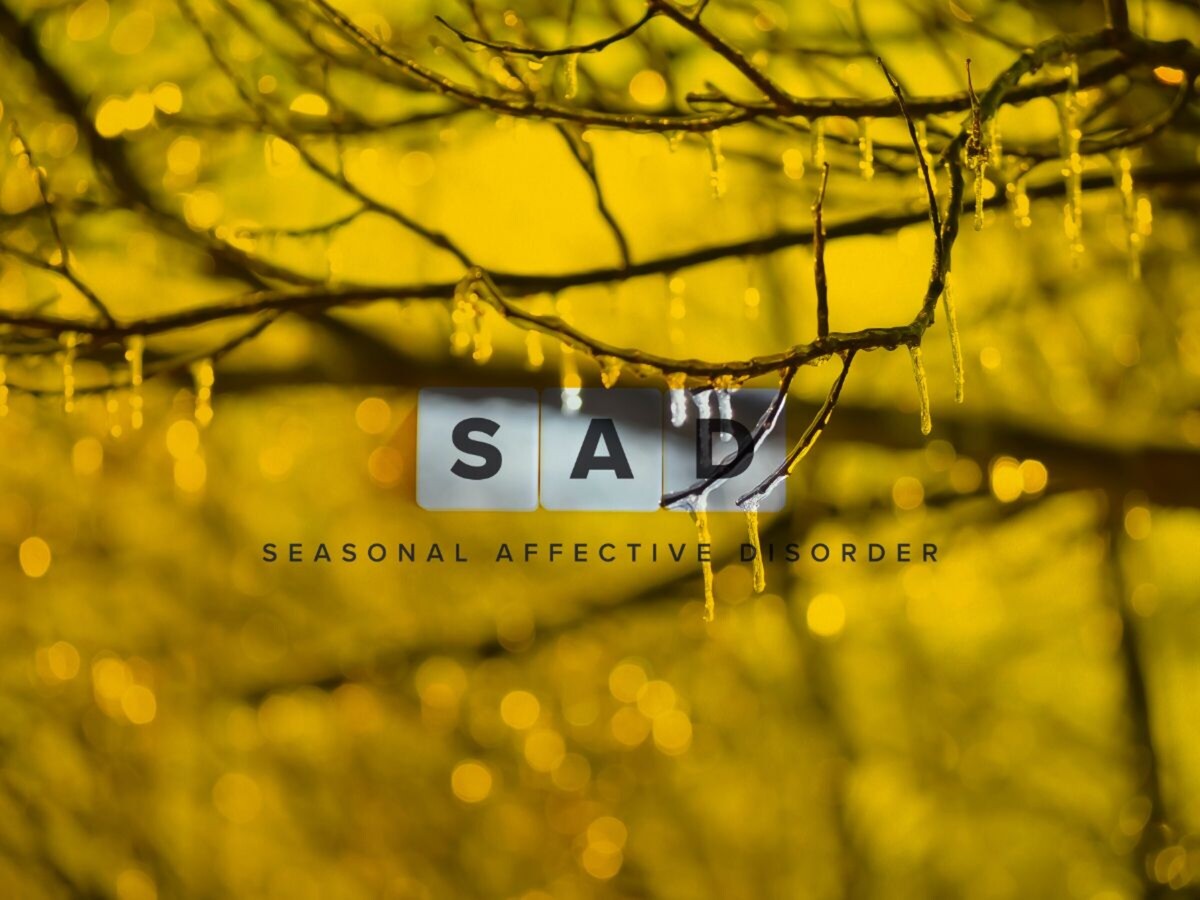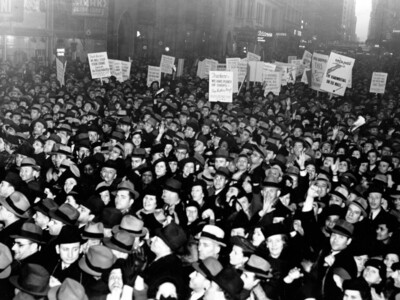Understanding Seasonal Affective Disorder: How Light Therapy Can Help
Written by Catherine Bianchi, PhD. -
Some individuals may find themselves struggling with Seasonal Affective Disorder (SAD), a type of depression that occurs at a specific time of the year, usually in the winter. If you're feeling down during the colder months, you're not alone, and effective treatments are available.
Seasonal Affective Disorder is more than just the “winter blues." It's a subtype of depression that comes and goes with the seasons. Approximately 5% of adults in the U.S. experience SAD, and it tends to start in young adulthood, affecting women more often than men.
People with SAD may experience:
- Persistent sadness or feelings of guilt and worthlessness
- Anxiety, tension or irritability
- Loss of interest or pleasure in interests once enjoyed
- Overeating and weight gain
- A drop in energy levels and sleep disturbances that can include oversleeping and lethargy during the daytime
- Difficulty concentrating
- Irritability and discomfort in social situations
- Loss of sex drive
Loss of exposure to sunlight seems to trigger SAD during the shorter winter days.
Psychotherapy and medication are used to treat it like other forms of depression. Because SAD is responsive to light, phototherapy also plays a critical role in its treatment by aligning the circadian rhythm disrupted in SAD. Exposure to bright light helps reset the body’s internal clock and brain chemicals such as serotonin and melatonin, improving mood and energy levels.
Light therapy, or phototherapy, involves exposure to bright light that mimics natural outdoor light. This exposure is believed to cause a chemical change in the brain that lifts mood and eases other symptoms of SAD. Light therapy is especially effective when used as part of a comprehensive treatment plan that includes psychotherapy and, in some cases, medication.
A light box for SAD treatment should:
- Be designed to filter out most UV light to prevent eye damage.
- Have an intensity of about 10,000 lux.
- Be used daily for the best effect, typically in the morning for about 20 to 30 minutes.
- And be placed 16 to 24 inches away from your face
- Dawn simulators are also available. They mimic natural sunrise, often set to reach their maximum brightness at the time you would like to wake up, gradually increasing room brightness. They help regulate the circadian rhythm and enhance mood upon waking.
How to Use Light Therapy Effectively
Light therapy is thought to affect brain chemicals linked to mood, easing SAD symptoms. They are particularly useful when used regularly. Here's how to use a light box effectively:
- It's important to consult your healthcare provider before starting light therapy, especially if you have eye problems, are sensitive to light, or have a history of bipolar disorder.
- Timing: Use the light box within the first hour of waking up in the morning for about 20 minutes. You may want to start with a few minutes and then gradually work your way up to 20 minutes.
- Distance: Position it about 16 to 24 inches from your face.
- Consistency: Use it daily during the fall and winter months, or as recommended by your healthcare provider.
- Don't look directly into the light. Instead, place it off to the side at 10 and 2 o’clock if you’re looking forward.
When seeking a light box, consult healthcare professionals for recommendations tailored to your specific needs. Consider factors like the intensity of light, duration of use, and the specific type of light box that best fits your lifestyle. There are many models currently available at reasonable prices at big box retailers and you can find them reviewed online.
Self-Care for SAD
In addition to light therapy and professional treatment, self-care practices are vital:
- Continue your regular treatment plan of psychotherapy and medication
- Make your environment sunnier and brighter, such as by opening blinds or sitting closer to bright windows.
- Spend some time outdoors everyday, even when it’s cloudy
- Socialize and connect with loved ones for emotional support.
- Practice body-based stress management techniques like yoga or meditation.
- Continue your healthy exercise and nutrition plans
- Normalize sleep patterns, maintaining consistent sleep and wake times. It is especially helpful to get up at the same time everyday, no matter what time you go to sleep.
- If you can, consider taking short trips to sunnier or warmer locations during the winter if you experience SAD during this season.
Seasonal Affective Disorder is a real and treatable condition. If you're experiencing symptoms of SAD, light therapy could be a beneficial treatment option. Remember, you're not alone in this, and professional help is always available. Don't hesitate to reach out to a healthcare provider for guidance.














